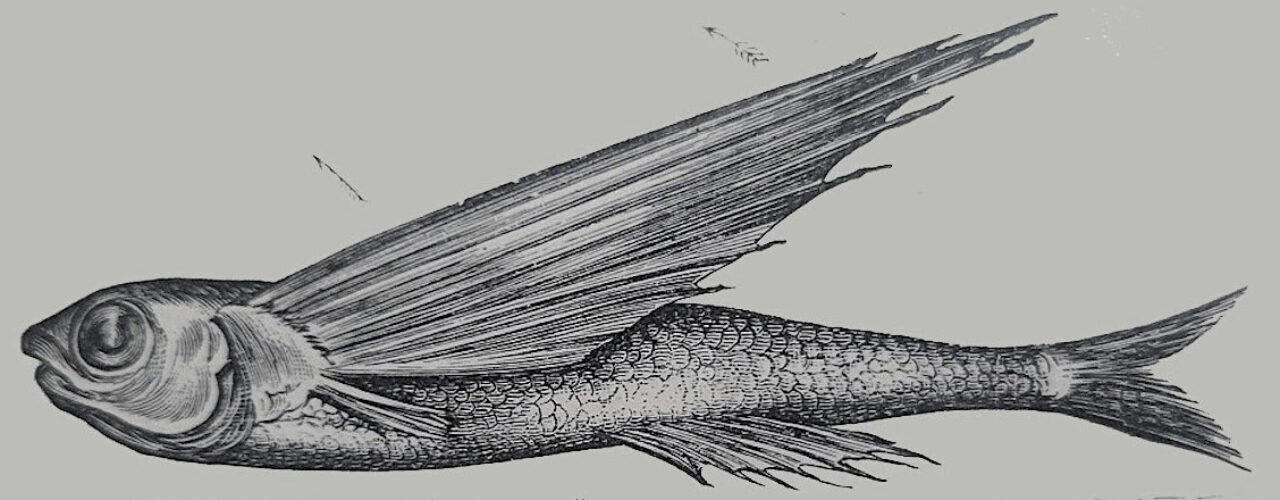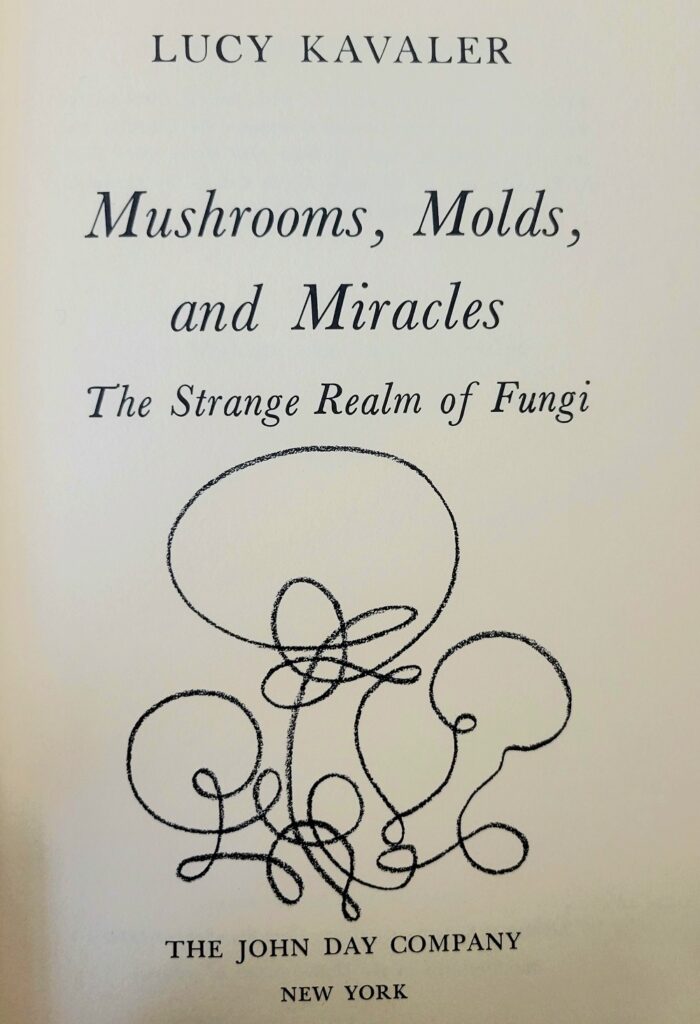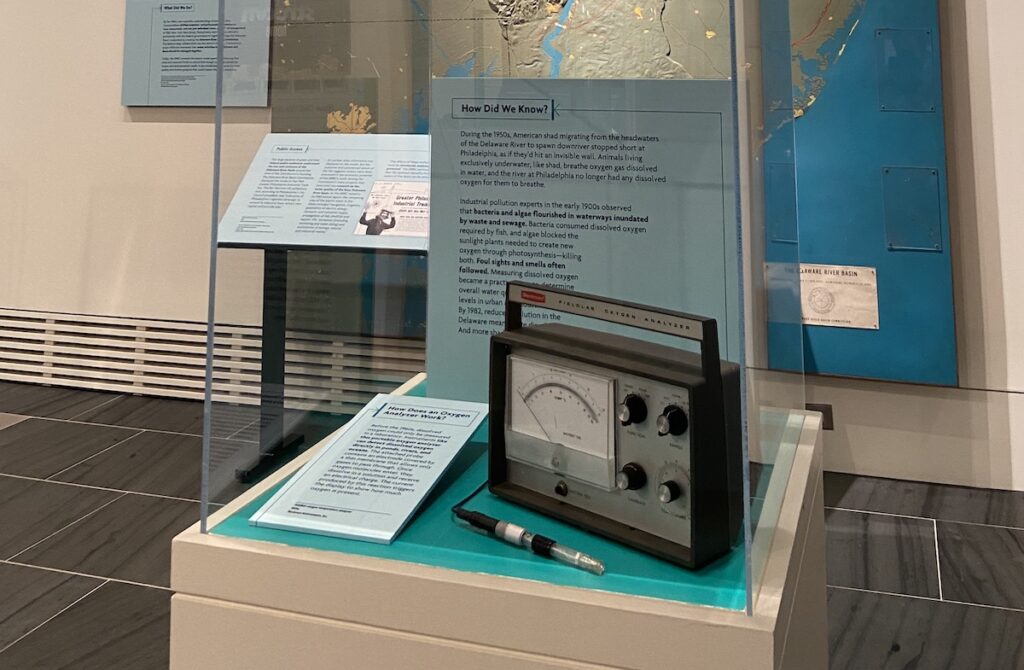A New Blog Takes Flight
Meet Gabriela and Jesse, coeditors of the Institute’s new collections blog.

Meet Gabriela and Jesse, coeditors of the Institute’s new collections blog.
Gabriela: Welcome to the Science History Institute’s new collections blog! I’m Gabriela, the senior technical services librarian. I’m responsible for managing “behind-the-scenes” library work like cataloging new materials and safeguarding the physical well-being of more than 160,000 printed materials.
Jesse: And I’m Jesse! I’m a curator in the Institute’s museum. I develop exhibitions such as Downstream, our current show on the history of water analysis and water protection. I also research our object collections and interpret them in a variety of physical and digital spaces.
Gabriela: Jesse and I are the blog’s coeditors, but you won’t be hearing from only us. Our contributors will be Institute staff and scholars who have stories to tell and discoveries to share about our library, archival, and museum collections. We hope to illuminate not only the compelling and serious insights the collections offer into the history of science, but also the unexpected delights and humor to be found in our books, archives, and museum objects.
There’s a lot to love about our collections! Almost every day, I find something that I want to learn more about, like the history and practice of scientific illustrations in 18th- and 19th-century books, or a book whose title makes me smile, like Mushrooms, Molds, and Miracles: The Strange Realm of Fungi.
There’s a lot of delight in my interaction with the collections! On a more serious note, I appreciate the library’s commitment to collecting and preserving “grey literature”—things like conference proceedings or self-published newsletters—and materials like old textbooks that aren’t kept in public or academic library collections. We lose a part of the human story of science when these unique items and non-commercial publications are lost.
Jesse: OK, I am already learning something new from this blog! “Grey literature” is a new term for me and I’m already enamored by it.

Categories are very intellectually exciting to me. I’m trained as a historian of science, and one of the things that I find very exciting about the field is its eye toward the particular ways that science and technical practices define, categorize, and sort the world. And we do that work in museums and libraries, too. I’ve long been interested in the kind of places that do this sorting, sites like museums, yes, but also zoos and department stores. I’m excited to be able to work in such a place and look forward to sharing the work we do here through this blog.
Gabriela: We’ll also use the blog to demystify or explain the practices and procedures that can make libraries, archives, and museums challenging to navigate: Why are there different databases for the library and the museum? Why isn’t everything digitized? And when we think an experience or solution could be helpful to other collecting institutions, we’ll take you behind the scenes to explain, for instance, how we digitize a fragile 16th-century book or preserve delicate or decaying materials like rubber and plastic.
Jesse: We’ll also use the blog to share the ways in which curators and scholars research these collections and the ways we interpret them for the public. Such research and interpretation is dripping with choices, and we hope to pull back the curtain on those choices. Here’s an example: We included this Beckman Fieldlab Oxygen Analyzer in Downstream.

As the curator, there were many different stories I could have told about this instrument. I could have used it to anchor a story about the history of dissolved oxygen or about the history of field work. Both good stories! But ultimately I used the analyzer to invite visitors to learn about the unhealthy state of the Delaware River—just blocks away from the Institute—in the mid-1900s, when sewage and industrial waste meant there was very little oxygen in the river for fish.
Analytical instruments like the Fieldlab Oxygen Analyzer help us understand the environmental quality of the places where we live, work, and play, and how that quality changes over time. It’s just one instrument in a collection of more than 6,500 objects.
Gabriela: We’ll be publishing new posts on the second and fourth Thursday of each month. Please check back to enjoy forthcoming posts on topics including “Mine Vessel,” a new museum acquisition created by the Institute’s first-ever artist-in-residence Anna Mlasowsky; the history of the coloration of margarine; and the unique challenges of collecting and preserving born-digital materials.
Jesse: Gabriela, you had me at margarine coloration.
Follow the Science History Institute on Instagram, Twitter, and Facebook, or sign up for our newsletter to learn about new posts, as well as all the great history of science happenings at the Institute!
Featured image: Engraving of a flying fish from James Bell Pettigrew’s Animal Locomotion, 1874.
More and more digital research tools are helping to answer even the smallest collections questions.
In pursuit of something memorable and meaningless.
How does a museum and library negotiate biography, civics, and the history of science?
Copy the above HTML to republish this content. We have formatted the material to follow our guidelines, which include our credit requirements. Please review our full list of guidelines for more information. By republishing this content, you agree to our republication requirements.